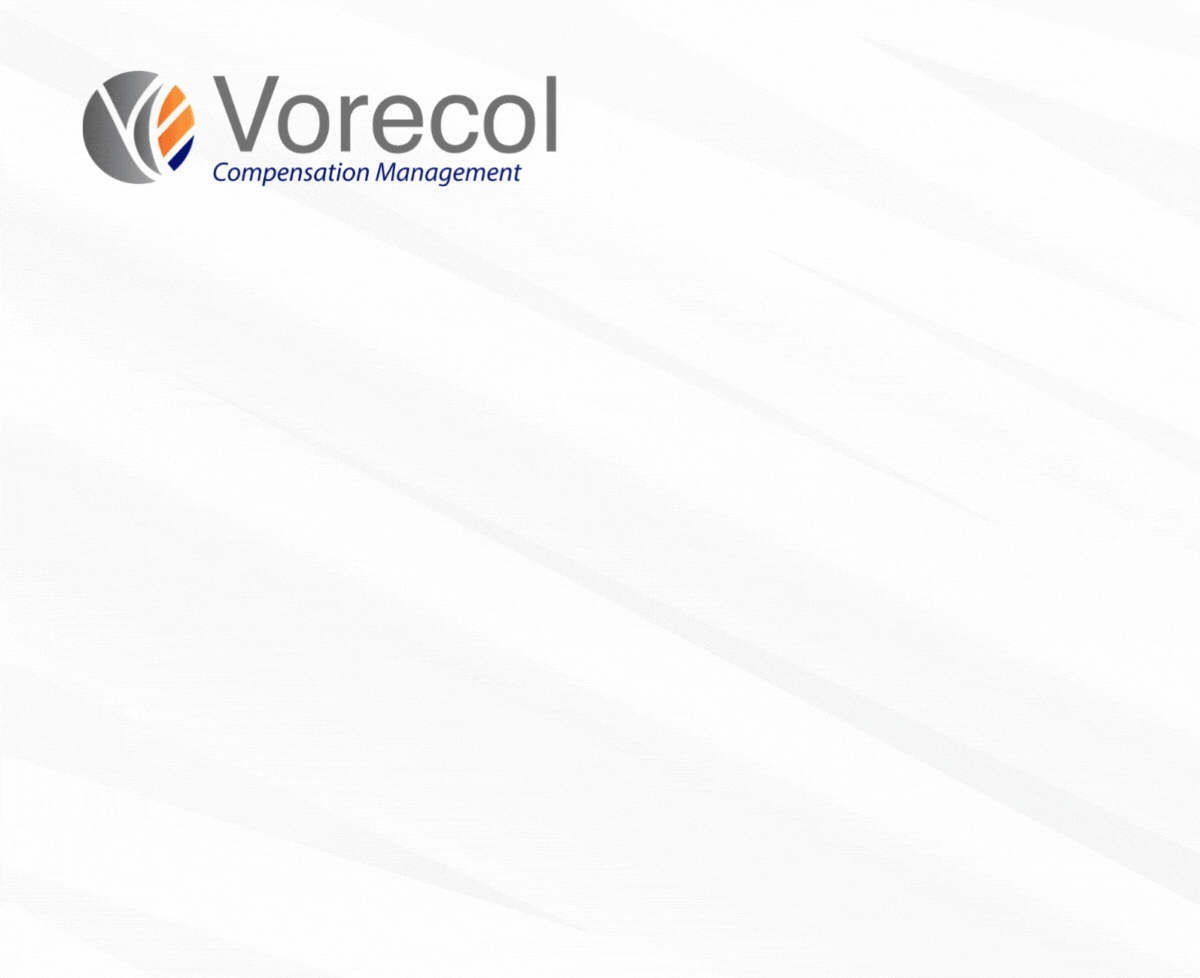Utilizing Technology to Enhance Employee Engagement in Flexible Benefits Programs

- 1. The Role of Technology in Modern Employee Benefits
- 2. Benefits of Flexible Programs for Employee Satisfaction
- 3. Innovative Tools for Managing Flexible Benefits
- 4. Enhancing Communication Through Digital Platforms
- 5. Data-Driven Insights for Personalized Employee Engagement
- 6. Case Studies: Successful Implementations of Technology in Benefits
- 7. Future Trends in Technology-Enhanced Employee Benefits Programs
- Final Conclusions
1. The Role of Technology in Modern Employee Benefits
In the ever-evolving landscape of corporate culture, technology has emerged as a pivotal player in shaping modern employee benefits. According to a 2022 report by Gallup, companies that leverage technology to enhance their employee benefits experience report a staggering 25% increase in employee engagement. Moreover, a survey conducted by the Employee Benefit Research Institute revealed that 70% of employees prefer personalized benefits programs, which can only be effectively managed through sophisticated HR tech platforms. Imagine a single dashboard where employees can tailor their health insurance plans, retirement savings, and wellness programs, all based on their unique needs and preferences. This digital transformation not only streamlines administrative processes but also fosters a culture of inclusivity and satisfaction, ultimately leading to higher retention rates.
As organizations adapt to the new normal of remote and hybrid work environments, technology-driven benefits have become essential in attracting top talent. Research from PwC indicates that 84% of employees believe that having access to modern benefits, facilitated by technology, is a deciding factor when considering job offers. Furthermore, companies that utilize artificial intelligence for personalized benefit recommendations have seen a 30% improvement in employee utilization of available resources. Picture a scenario where AI analyzes an employee's health data and suggests tailored wellness programs or alerts them about relevant financial planning tools, ensuring they get the most out of their benefits package. This not only enhances the overall employee experience but also empowers organizations to foster a healthier, more productive workforce.
2. Benefits of Flexible Programs for Employee Satisfaction
In a world where 94% of employees reported that they would stay at a company longer if it invested in their career development, the rise of flexible programs has become an essential strategy for enhancing employee satisfaction. Consider the story of TechCorp, a mid-sized software company that implemented a flexible work schedule and remote working options in 2021. Within a year, their employee satisfaction scores skyrocketed from 70% to 87%, according to an internal survey. This shift not only improved workplace morale but also led to a remarkable 25% increase in productivity. Further supporting this trend, a Gallup study found that organizations offering flexible work arrangements enjoy 29% lower turnover rates, underscoring how such benefits can lead to a more committed workforce.
Flexibility in the workplace extends beyond simple scheduling; it encompasses tailored benefits that meet the needs of a diverse workforce. At BoldMarketing, a digital agency, employees were offered the choice to customize their benefits package, which resulted in a 40% rise in reported job satisfaction. Interestingly, a Harvard Business Review analysis highlighted that teams with flexible programs had 11% higher performance ratings than their less adaptable counterparts. As more organizations recognize the value of accommodating the unique needs of their employees, it becomes clear that flexibility is not just an employee perk; it’s a strategic advantage that fosters loyalty and enhances overall business performance.
3. Innovative Tools for Managing Flexible Benefits
In today’s rapidly evolving workplace, companies are increasingly recognizing the value of flexible benefits as a strategic tool to enhance employee satisfaction and retention. A recent survey by the Society for Human Resource Management (SHRM) found that 92% of employees consider benefits as an important factor when choosing an employer. Innovative tools such as automated benefit administration platforms or mobile apps are leading the charge in transforming the traditional benefits landscape. For instance, companies using flexible benefits management tools see a 30% increase in employee engagement, according to a study by Employee Benefits News. These technologies not only streamline the selection and management of benefits but also empower employees to take control of their personalized compensation packages.
As organizations strive to attract top talent amidst a competitive labor market, leveraging data analytics has become a game changer in shaping flexible benefit offerings. A report from PwC revealed that businesses utilizing analytics to tailor their benefits saw a 25% improvement in employee utilization rates. Furthermore, the integration of gamification elements in benefits management platforms has sparked a renaissance in employee engagement; companies employing such features have reported a staggering 40% increase in participation in wellness programs. By weaving narratives around personal health journeys and financial empowerment, these innovative tools not only inform but also inspire employees, making the complex world of flexible benefits more accessible and engaging than ever before.
4. Enhancing Communication Through Digital Platforms
In a world where attention spans are shorter than ever, effective communication is paramount, and digital platforms are leading the charge. A recent study by McKinsey revealed that organizations using digital tools for collaboration see a 25% increase in productivity. Imagine a consulting firm, with teams spread across three continents, utilizing platforms like Slack and Zoom. This not only bridges the geographical divide but also fosters a culture of real-time feedback and knowledge sharing. Furthermore, according to a survey by Cisco, 85% of teams that leverage video conferencing tools report enhanced interpersonal relationships, showcasing how digital communication can transform the way professionals engage, collaborate, and innovate together.
Storytelling lies at the heart of compelling communication, and digital platforms are reimagining the narrative landscape. A report from the Harvard Business Review indicated that when companies incorporate storytelling into their digital communication strategies, they experience a remarkable 65% increase in employee engagement. Consider a marketing team that effectively crafts brand stories through social media, captivating an audience that exceeds 200 million potential customers. Additionally, research by Buffer demonstrates that tweets with images receive 150% more retweets than those without, highlighting how visual storytelling on platforms like Instagram and Twitter amplifies reach and impact. As organizations tap into these digital avenues, they not only enhance communication but also create authentic connections that resonate deeply with their audience.
5. Data-Driven Insights for Personalized Employee Engagement
In a world where employee engagement can make or break a company's success, organizations are increasingly turning to data-driven insights to foster personal connections with their workforce. A recent Gallup study revealed that only 34% of employees in the United States feel engaged at work, significantly affecting productivity levels. However, companies utilizing advanced analytics to personalize their engagement strategies have seen remarkable results—boosting employee satisfaction by as much as 25%, according to a report by IBM. For instance, Salesforce implemented a data-centric approach to assess individual employee preferences, resulting in a 30% increase in retention rates in just one year. This highlights how understanding employee motivations through data can translate into a more committed and high-performing workforce.
The journey of leveraging data for employee engagement doesn't end with mere statistics. Take the case of a mid-sized tech firm that decided to dive deep into its engagement metrics. After using machine learning algorithms to analyze employee feedback, they discovered that flexible work schedules were the most significant factor influencing job satisfaction. Consequently, the company revamped its policies to allow for greater flexibility, leading to a 40% surge in engagement scores over six months. These transformative changes underscore the power of data-driven insights, illustrating that when organizations listen to their employees through a lens of analytics, they not only foster a more engaged workforce but also set the stage for long-term success and innovation.
6. Case Studies: Successful Implementations of Technology in Benefits
In recent years, technology has transformed the way companies deliver benefits to their employees, with companies like Netflix and Google leading the charge. For instance, a study by the Society for Human Resource Management found that organizations using tech-driven platforms for benefits administration saw a 25% increase in employee engagement. Take Netflix, for example: their innovative use of a personalized platform allows employees to choose from a range of benefits that fit their lifestyles, resulting in a remarkable 86% employee satisfaction rate, according to their internal survey. This technological shift has not only made benefits management more efficient but also fostered a culture of trust and autonomy, thereby improving retention rates significantly.
Similarly, Deloitte's research highlights that organizations leveraging advanced HR technologies have reported a 30% reduction in benefits-related administrative costs. A case study of a medium-sized retail company that implemented a cloud-based benefits administration system showed a staggering return on investment, with HR labor hours decreasing by 40%. Employees enjoyed enhanced access to their benefits via mobile apps, which led to a noted 50% increase in utilization of wellness programs. This seamless integration of technology not only streamlined operations but also underscored the importance of adapting to employee needs in a rapidly changing work environment, painting a picture of how technology can revolutionize benefits for diverse organizations.
7. Future Trends in Technology-Enhanced Employee Benefits Programs
In the rapidly evolving landscape of corporate benefits, companies are increasingly embracing technology-enhanced employee benefits programs to attract and retain top talent. A recent study by the Society for Human Resource Management revealed that 65% of employers are prioritizing wellbeing benefits in their offerings, recognizing that fulfilled employees lead to higher productivity and lower turnover rates. For instance, when global financial services firm Morgan Stanley introduced their mental health app, more than 70% of employees reported feeling more supported and engaged at work. Similarly, a study by Deloitte found that organizations with well-structured benefits programs experienced a 24% increase in employee satisfaction, showcasing the tangible benefits of integrating technology into workforce solutions.
As we look to the future, innovative programs such as personalized health and wellness platforms and flexible benefit packages are set to redefine the employee experience. Statistically, companies that offer tech-driven benefits are seeing higher employee participation rates; a 2023 report by Accenture indicated that 83% of employees are more likely to stay at a company that provides tailored benefits that cater to their individual needs. Additionally, remote working tools, which grew in usage by 149% over the past two years, have become essential in helping employees maintain work-life balance. As businesses continue to invest in these tech-enhanced benefits, the narrative is clear: organizations that leverage technology to deliver sophisticated and personalized employee benefits are not just enhancing workplace satisfaction; they are also empowering a more resilient, engaged, and productive workforce.
Final Conclusions
In conclusion, leveraging technology to enhance employee engagement in flexible benefits programs not only modernizes the employee experience but also fosters a culture of personalization and inclusivity within organizations. By implementing user-friendly platforms and mobile applications, companies can provide employees with greater autonomy in selecting benefits that align with their individual needs and lifestyles. This shift towards a tech-driven approach not only boosts employee satisfaction but also improves retention rates, as employees feel more valued and understood in their diverse circumstances.
Moreover, the integration of data analytics and feedback mechanisms through technology allows organizations to continuously refine and adapt their offerings in real-time. By analyzing employee trends and preferences, companies can stay ahead of the curve and ensure that their benefits programs remain relevant and appealing. Ultimately, embracing technology in flexible benefits programs paves the way for a more engaged workforce, enhancing productivity and fostering a sense of belonging among employees, which is essential for thriving in today’s competitive job market.
Publication Date: August 28, 2024
Author: Psico-smart Editorial Team.
Note: This article was generated with the assistance of artificial intelligence, under the supervision and editing of our editorial team.
Leave your comment
Comments
Request for information
Fill in the information and select a Vorecol HRMS module. A representative will contact you.



